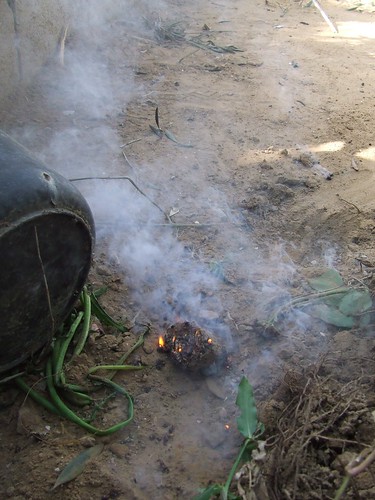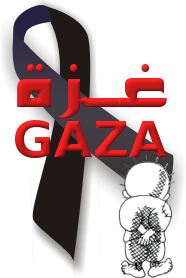The only way to extinguish it was to bury it, but it would instantly re-ignite if uncovered. It was giving off a thick grey smoke with a foul stench. Doctors at the Al Nasser Hospital in Khan Younis, which received 50 casualties that day from Khoza'a, described serious chemical burns and victims being covered in a white powder which continued to burn them. Many people were also suffering from serious breathing difficulties after inhaling smoke emitted by this weapon.

Dr. Ahmed Almi, a member of the delegation of Egyptian doctors who finally gained entry to the strip to support Gazan hospitals during the crisis, outlined some of the most serious cases. Four of them died in the hospital after doctors battled to save them. He commented that some of the injuries were so horrific they must have been inflicted by abnormal munitions. He gave the example of a man who had been shot and sustained a small entry wound but massive exit wound, 40-50 cm wide. 13 people were killed overall during this incursion according to medical sources.
Before the Israeli war on Gaza began, volunteers here had been working with the farming community in Khoza'a, accompanying local farmers as they succeeded to access their land to plant winter wheat. The IOF had prevented them from reaching their fields, in some cases for over five years. Israeli soldiers shot at them, even during the ceasefire. The same ceasefire which Israel claims was broken by Palestinians.
Photos beig uploaded to http://www.flickr.com/photos/rafahkid/



